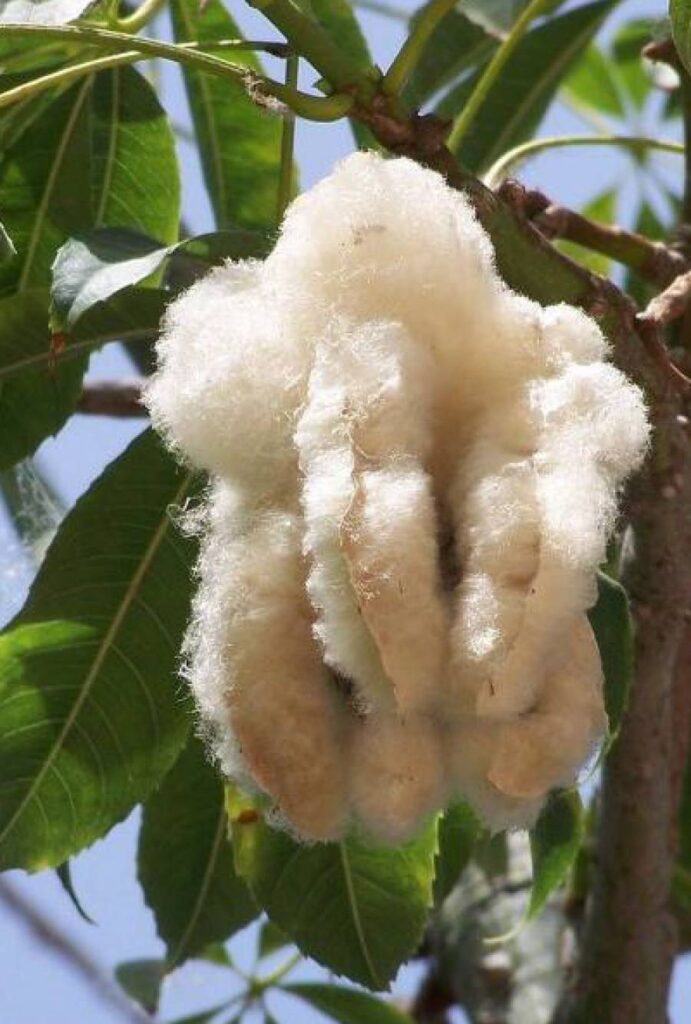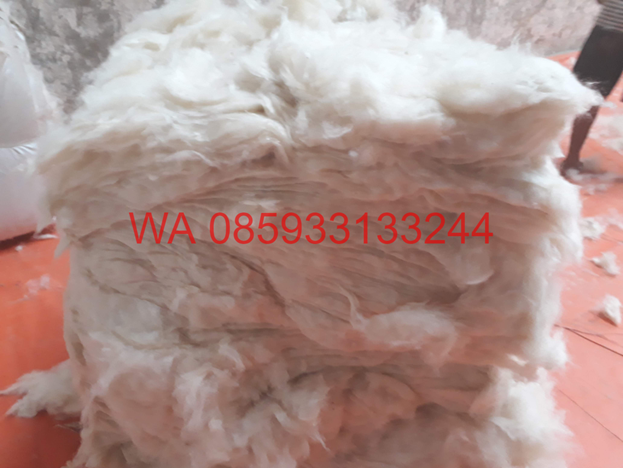Kapok might be one of the best natural based fiber that has numerous never the same properties. One of them is the oil absorbent, which appears due to the waxy layer and its hydrophobic nature. But what is meant by the kapok filling oil absorbent? Doesn’t it mean the material is bad for your body? The answer is the opposite. Check out this information.
What Is Oil Absorbent?

Let’s talk about absorbent, which refers to the materials that can pick up and retain liquid that come in contact with its molecular structure. And then the mixture of the material will swell for 50 or more percent. To be useful in absorbing oil spills, such material should have hydrophobic (water-repellent) and Oleophilic (oil attracting) properties in it.
If you are considering the high number of oil in the kapok seed, the oil absorbent is not something surprising. It is getting more obvious since the natural kapok fiber has a waxy surface and hollow structure. That is why the material has a relatively easy ability to remove small hazardous spills because it will not take on water and increase the oil absorption rate.
The Absorbing Abilities Of Kapok

Based on some papers, the microscopic analysis said that the higher structure of kapok fiber has a very different appearance than cotton. The results reveal that the kapok filling has a characteristic of a high level of Acetyl around 13%, Xylan 22%, cellulose 35%, and lignin around 21,5%. Taking a look at the number, this is certainly a unique material.
It is because the number explains that kapok has a significant hydrophobic aspect. That means this material will not absorb water. Along with it, the lignin percentage is quite high as well that pictures the waxy surface of Kapok. Upon the result, people test the oil absorptivity by using it on the freshwater and seawater polluted with an oil spill.
The result is as expected. The fiber selectively absorbs considerable amounts of oil, which is around 40 g/g of kapok. On the different experiments, the test should be done with a tad bit of modification. The researcher stirs the material and found that the number can greatly be enhanced to over 200 h/g. It is getting better with some taper shaped filter column.
Utilizing Kapok As Oil Absorber

Based on the marvelous number of results, many suggested that this fiber could be used as the oil absorbent in the seawater. In the view of sustainability and economic viewpoint, kapok is the perfect solution for the oil leak problem. The natural fiber can absorb oil at a fast rate, but with some method and modification, the material will be ideal to counter seawater oil pollution.
With all of the explanation said, you can get the idea that Kapok has a very vast utilization and uses. In this case, the oil absorbent abilities create another application aside from being a kapok fiber filling. The use of Kapok is a natural oil absorber has a very high stance in the economical, and environmental aspects. Thus if you need to get natural kapok, check out kapokfibersuppliers.com.

